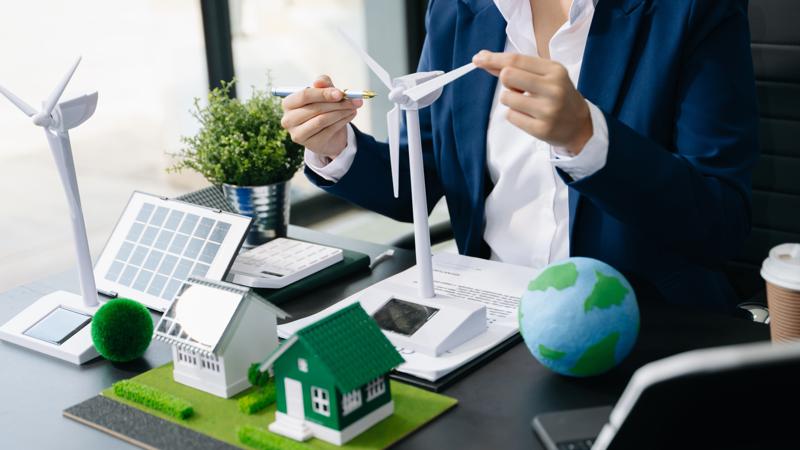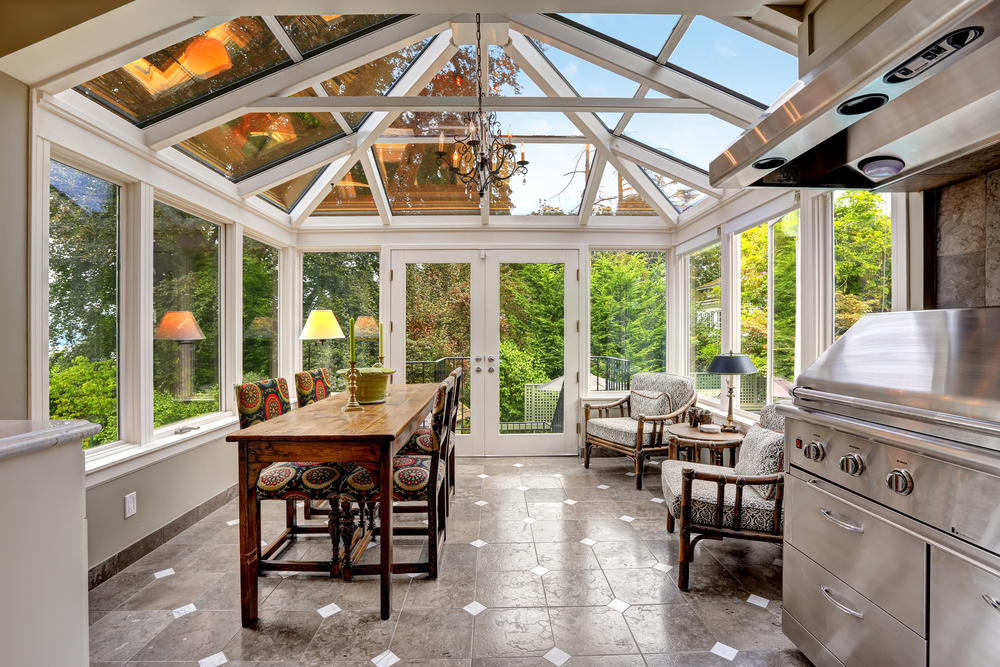Affordable Green Energy Solutions in the U.S.: How to Access Renewable Power on a Budget
Learn how to access affordable green energy solutions in the U.S. For more information, use a quick search below.
As the world moves toward more sustainable energy sources, the demand for green energy solutions in the U.S. continues to grow. However, many individuals and businesses are concerned about the costs associated with transitioning to renewable energy. Fortunately, affordable green energy options are becoming more accessible. This article will explore cost-effective renewable energy solutions available in the U.S. and provide tips on how to adopt them without breaking the bank.
Affordable Green Energy Options in the U.S.
- Solar Power
Cost: $10,000-$15,000 (after federal incentives)
Solar energy is one of the most popular and affordable renewable energy solutions in the U.S. Homeowners and businesses can install solar panels to generate electricity, often significantly reducing or eliminating their monthly energy bills. While the upfront cost can seem high, various incentives and financing options make solar power more affordable than ever.
How to Get Solar Power Cheaply: 
- Federal Tax Credits: The federal government offers a Solar Investment Tax Credit (ITC), allowing homeowners to deduct up to 30% of installation costs from their taxes.
- State Incentives: Many states offer additional rebates and incentives, further lowering the cost of installation.
- Leasing Programs: Some companies offer solar leasing programs, where you pay little or nothing upfront. In this model, you lease the solar panels and pay for the electricity generated at a reduced rate.
- Wind Power
Cost: $30,000-$50,000 for small-scale turbines
For rural homeowners or businesses, wind power is a viable renewable energy option. Small wind turbines can generate electricity for homes and farms, reducing reliance on traditional power sources. The initial investment can be recouped over time, especially in areas with consistent wind speeds.
How to Get Wind Power Cheaply:- Federal and State Grants: The U.S. Department of Agriculture (USDA) and some states offer grants and low-interest loans for wind turbine installations, reducing upfront costs.
- Community Wind Projects: In some areas, community wind farms allow homeowners to buy into shared wind energy projects, giving access to renewable energy without the need for individual turbines.
- Community Solar Programs
Cost: Varies (typically no upfront cost)
If installing solar panels on your property isn’t feasible, community solar programs are an excellent alternative. These programs allow individuals to buy or lease a portion of a larger solar farm, sharing the benefits of solar power without the need for individual installations.
How to Access Community Solar Cheaply:- No Upfront Costs: Many community solar programs don’t require an upfront payment, making them accessible to renters or homeowners without the capital for a full installation.
- Guaranteed Savings: Many programs guarantee a reduction in your energy bill, offering clean energy at a lower cost than traditional electricity.
How to Access Green Energy on a Budget
- Take Advantage of Incentives and Rebates
Government programs, both at the federal and state levels, provide substantial incentives for adopting renewable energy. These can significantly reduce the upfront cost of installations, making green energy much more affordable. The Investment Tax Credit (ITC), for instance, can lower the cost of a solar installation by up to 30%. - Use Low-Cost Financing Options
Many green energy providers and financial institutions offer low-interest loans or leasing options, allowing you to adopt renewable energy without the large upfront cost. In leasing models, the solar company owns the panels, and you simply pay for the energy they generate—often at a reduced rate compared to your current utility bill. - Join Community Energy Programs
Community solar and wind projects are expanding rapidly across the U.S. These programs allow individuals to subscribe to a portion of the energy generated by a shared solar farm or wind project. You don’t need to own property or invest in equipment—just pay for the energy you use at a reduced rate. - Bundle Green Energy with Energy Efficiency Upgrades
If you’re not ready for a full solar or wind installation, starting with energy efficiency upgrades can lower your overall consumption and prepare your home for future renewable energy options. Simple steps like installing energy-efficient windows, insulation, or LED lighting can reduce your energy bills immediately, making green energy more accessible in the long run.
Switching to green energy doesn’t have to be expensive. With various affordable options such as community solar programs, federal tax credits, and energy-efficient upgrades, individuals and businesses can adopt renewable energy on a budget. By taking advantage of government incentives, exploring financing options, and joining community energy projects, anyone can reduce their environmental impact and energy costs without a hefty investment.










